Cosmetic Dentistry, Teeth Straightening
Wondering If Invisalign’s Right for You? Let’s Talk
If you’ve ever found yourself hiding your smile in photos or wondering if there’s a way to straighten your teeth without drawing attention to the fact that you’re doing it, chances are Invisalign has crossed your mind. Clear aligners have come a long way, and so has how we talk about them. They’re sleek, subtle, and surprisingly effective for a wide range of smiles.
But here’s the thing: Invisalign isn’t a one-size-fits-all solution. And while we’d love to say it works for everyone, the truth is a little more nuanced. So if you’ve been thinking, “Am I a good candidate for Invisalign?”—you’re in the right place.
Let’s break down what Invisalign can actually fix, who it tends to work best for, and a few reasons it might not be the ideal match. If you’re still unsure by the end, don’t worry—our team at Nu Dentistry Missouri is always here to help you figure it out.
What kind of dental issues can Invisalign fix?
A lot of people assume that Invisalign is only for mild cases. But thanks to years of advancement in aligner tech, Invisalign can now handle a wide range of orthodontic concerns. The key is whether your case can be addressed through controlled tooth movements using aligners—no brackets or wires needed.
Here are some of the most common issues Invisalign can correct:
1. Crowded Teeth:
If your teeth overlap or twist because there’s not enough room in your mouth, Invisalign can gently nudge them into better alignment.
2. Gaps Between Teeth:
Maybe your teeth have extra space between them, especially in the front. Whether it’s a small gap or something more noticeable, Invisalign can often bring teeth closer together.
3. Overbite or Overjet:
If your upper teeth stick out past your lower teeth (either vertically or horizontally), Invisalign aligners paired with attachments can help realign your bite over time.
4. Underbite:
With an underbite, your lower teeth sit in front of your upper ones. In some cases, Invisalign can correct this, especially if it’s due to tooth positioning rather than skeletal structure.
5. Crossbite:
This happens when some of your upper teeth sit inside your lower teeth when you bite down. It can lead to wear and tear over time, but Invisalign can help adjust this relationship gradually.
6. Open Bite:
If your upper and lower teeth don’t touch when your mouth is closed, aligners can be used to bring them into contact in many mild to moderate cases.
In short: Invisalign can do more than many people think. But how well it works—and how long it takes, depends on your unique case.
Is Invisalign a good option for adults?
Absolutely. In fact, Invisalign was originally designed with adults in mind.
There’s a reason you’ve probably seen a surge of people in their 20s, 30s, and even 50s talking about Invisalign—it works, and it doesn’t come with the visibility or lifestyle limitations of traditional braces.
For adults, Invisalign is often the preferred route for a few big reasons:
You can take them out. That means no navigating around metal brackets at lunch, no getting food stuck mid-bite, and no awkward explanations in client meetings. As long as you wear them for the recommended 20-22 hours a day, you're good.
They're subtle. The aligners are clear and fit snugly over your teeth. Most people won’t even notice you’re wearing them.
They work with your lifestyle. You can keep brushing and flossing like usual. And if you have a big event—a wedding, a work presentation—you can pop them out for a short time without derailing your progress.
You’re in control. Since you switch to a new set of aligners every 1-2 weeks (depending on your dentist’s plan), you’re always actively involved in the process. It’s a steady rhythm of progress that feels empowering.
Adults tend to make great Invisalign patients because they’re motivated, committed, and take their treatment seriously. So if you’ve been putting off orthodontic work because you don’t want a mouth full of metal, Invisalign might be the solution that fits both your goals and your schedule.
Are there reasons Invisalign might not work for me?
This is where we need to get real for a second. As great as Invisalign is, it isn’t for everyone. That’s not a bad thing—it just means there are different tools for different jobs.
Here are a few reasons you might not be the ideal candidate (at least not yet):
1. You have severe bite issues or jaw misalignment:
Invisalign can help with mild to moderate bite issues, but if your bite is significantly off or if your jaw positioning is the main concern, traditional braces—or even jaw surgery—might be necessary to correct it. That said, some patients start with braces and finish with Invisalign for refinement. So it doesn’t have to be either/or.
2. Your teeth need vertical movement:
Invisalign is amazing at moving teeth side to side, closing gaps, and rotating them. But if certain teeth need to be pulled down or pushed up significantly, braces still do a better job in those cases.
3. You’re not sure about commitment:
Wearing aligners 20–22 hours a day is non-negotiable. If you take them out too often—or forget to wear them entirely—your progress will stall, and you may need to restart. If you don’t think you can stick to the routine, a fixed option might be better for now.
4. You have untreated gum disease or cavities:
Before starting Invisalign (or any orthodontic treatment), your teeth and gums need to be healthy. That means no active decay, gum inflammation, or unresolved dental issues. The good news? We can help treat those first and get you Invisalign-ready in no time.
5. You’re still growing:
If you're a parent wondering about Invisalign for your teen or tween, the answer will depend on whether their teeth and jaw have fully developed. Invisalign Teen exists for this reason, but it’s best evaluated in person.
What happens if I’m not a candidate?
Don't stress. There’s always a path forward. At Nu Dentistry Missouri, our goal is never to sell you on something that isn’t the best fit. We’ll look at your smile, talk about your goals, and walk you through the best way to get you there, whether that’s with Invisalign, another treatment, or a mix of both.
Let’s Find Out Together
If you’re thinking about Invisalign, don’t let the “what ifs” hold you back. The best way to know if you’re a candidate is to schedule a quick consultation. We’ll take a close look at your teeth, answer all your questions, and give you honest feedback—no pressure, no guesswork.
Because your smile isn’t just cosmetic. It’s confidence. It’s connection. It’s you.
Let’s make sure it gets the attention it deserves.

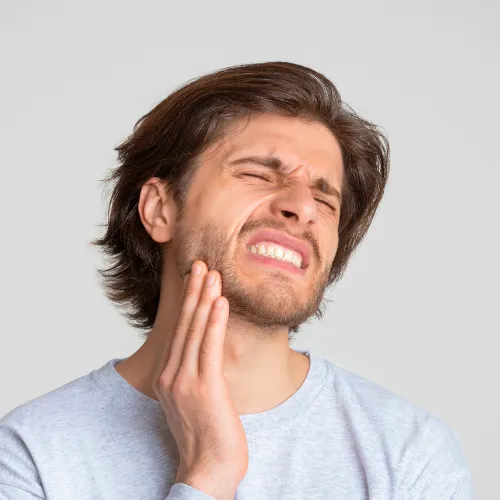
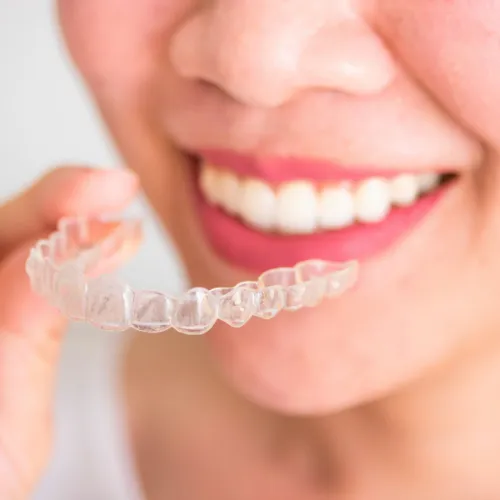
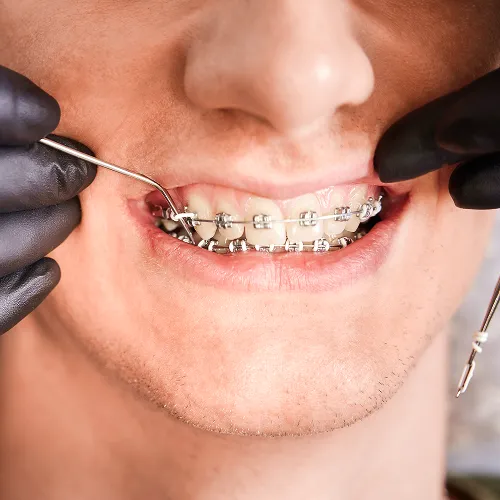
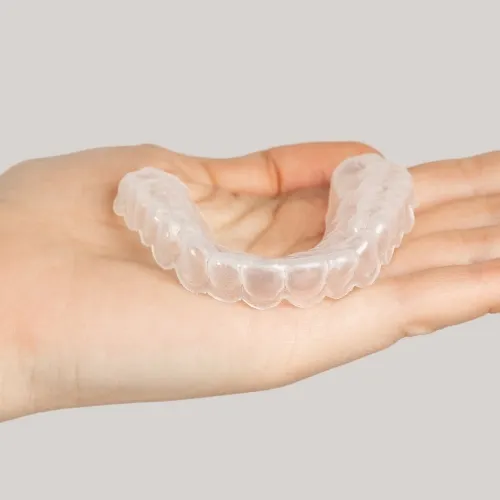
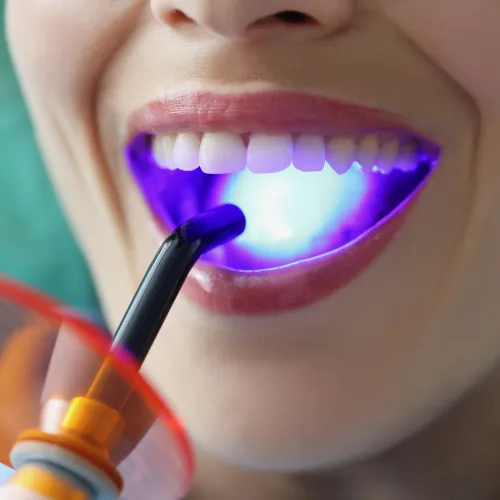
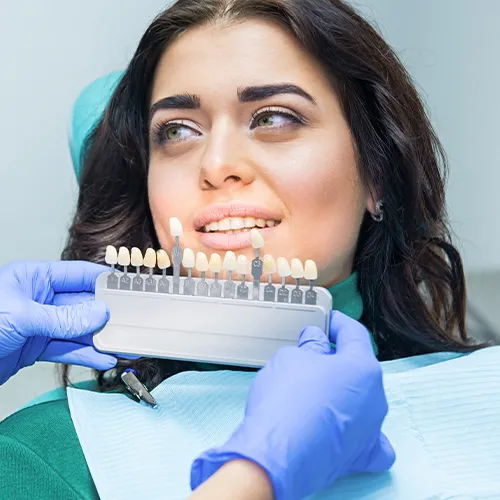


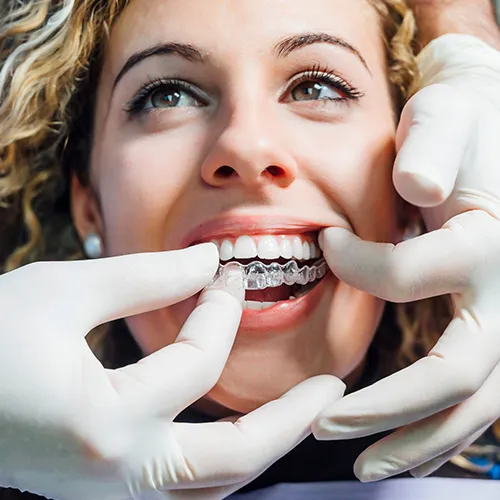

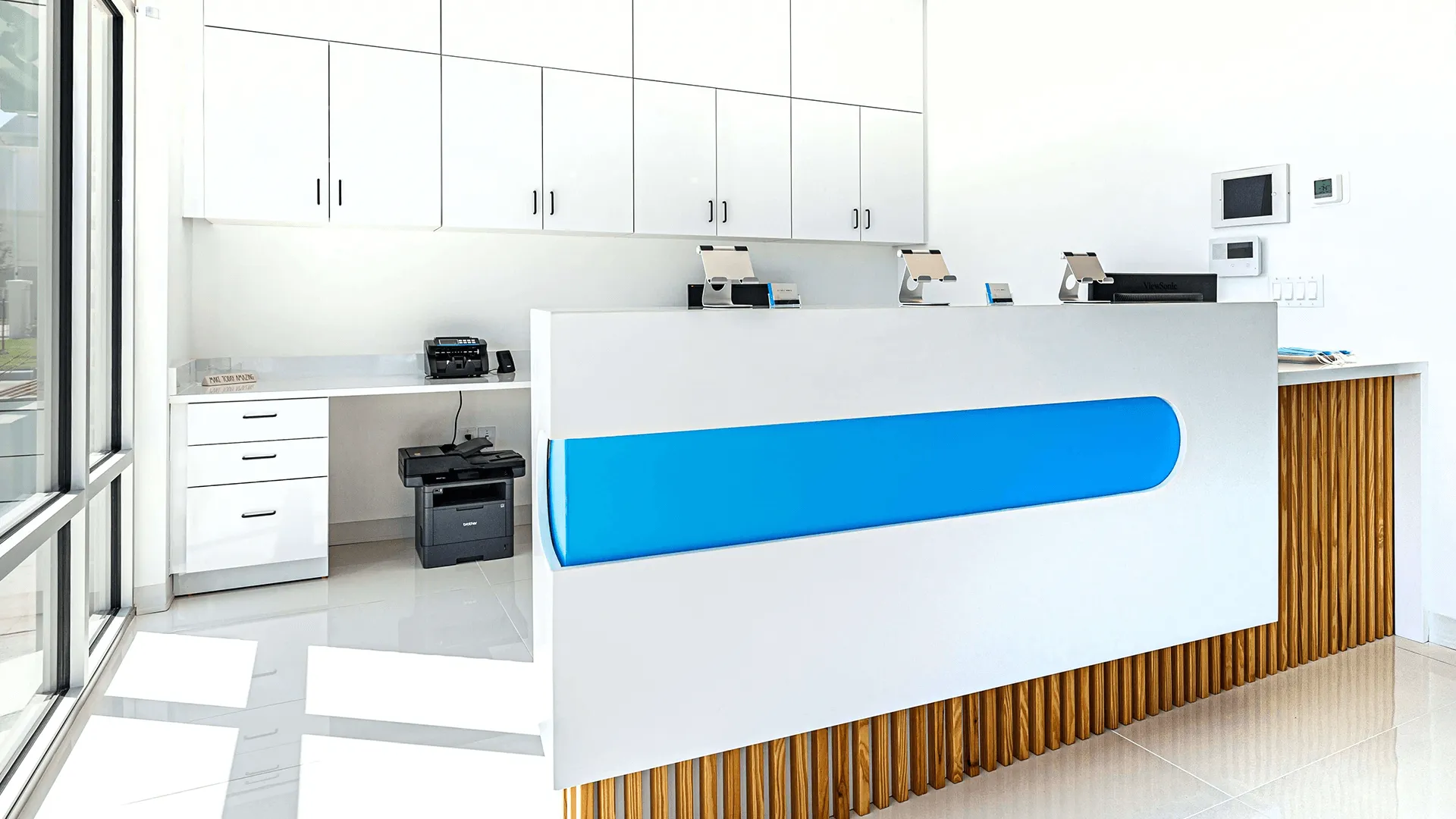
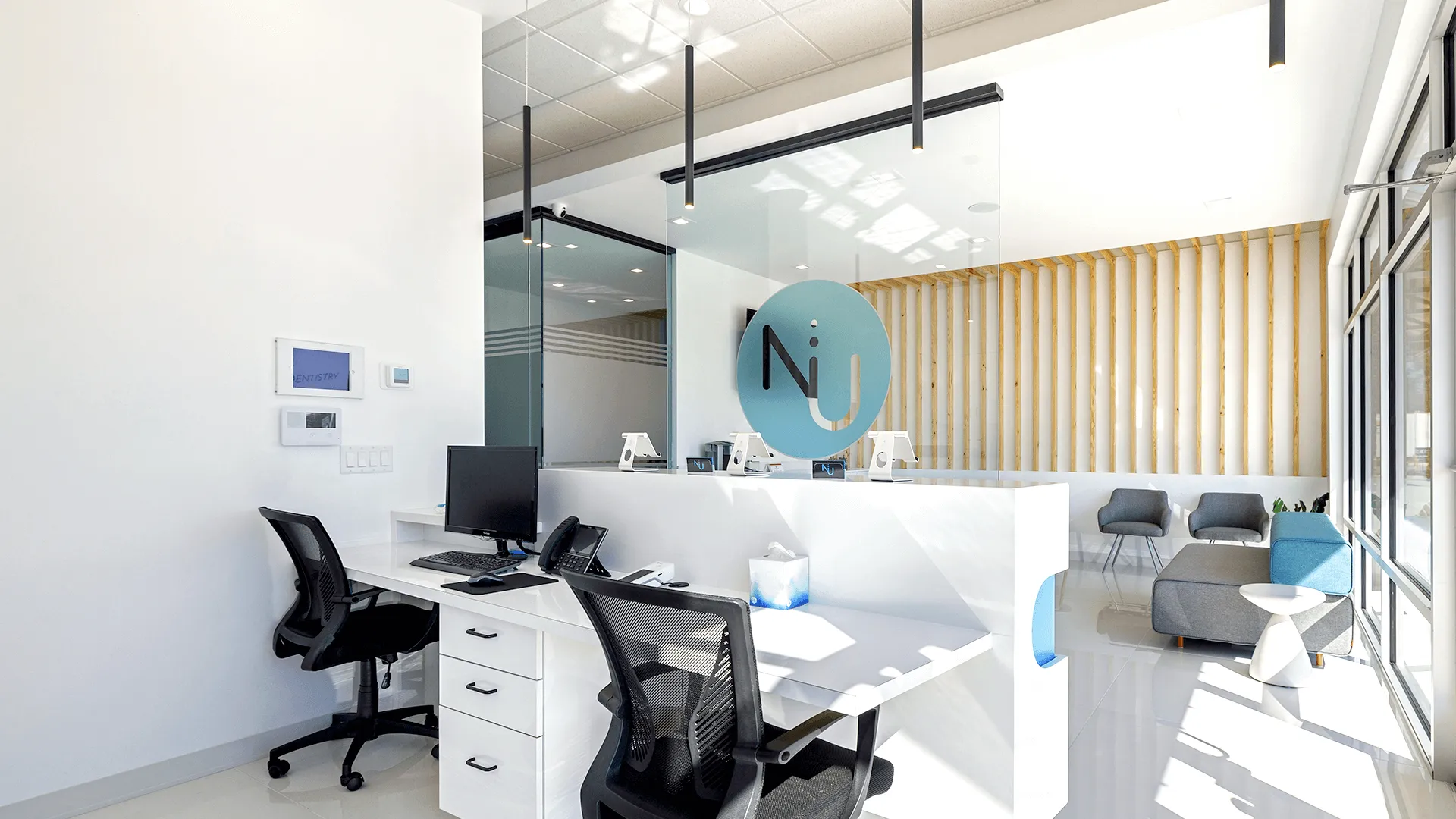
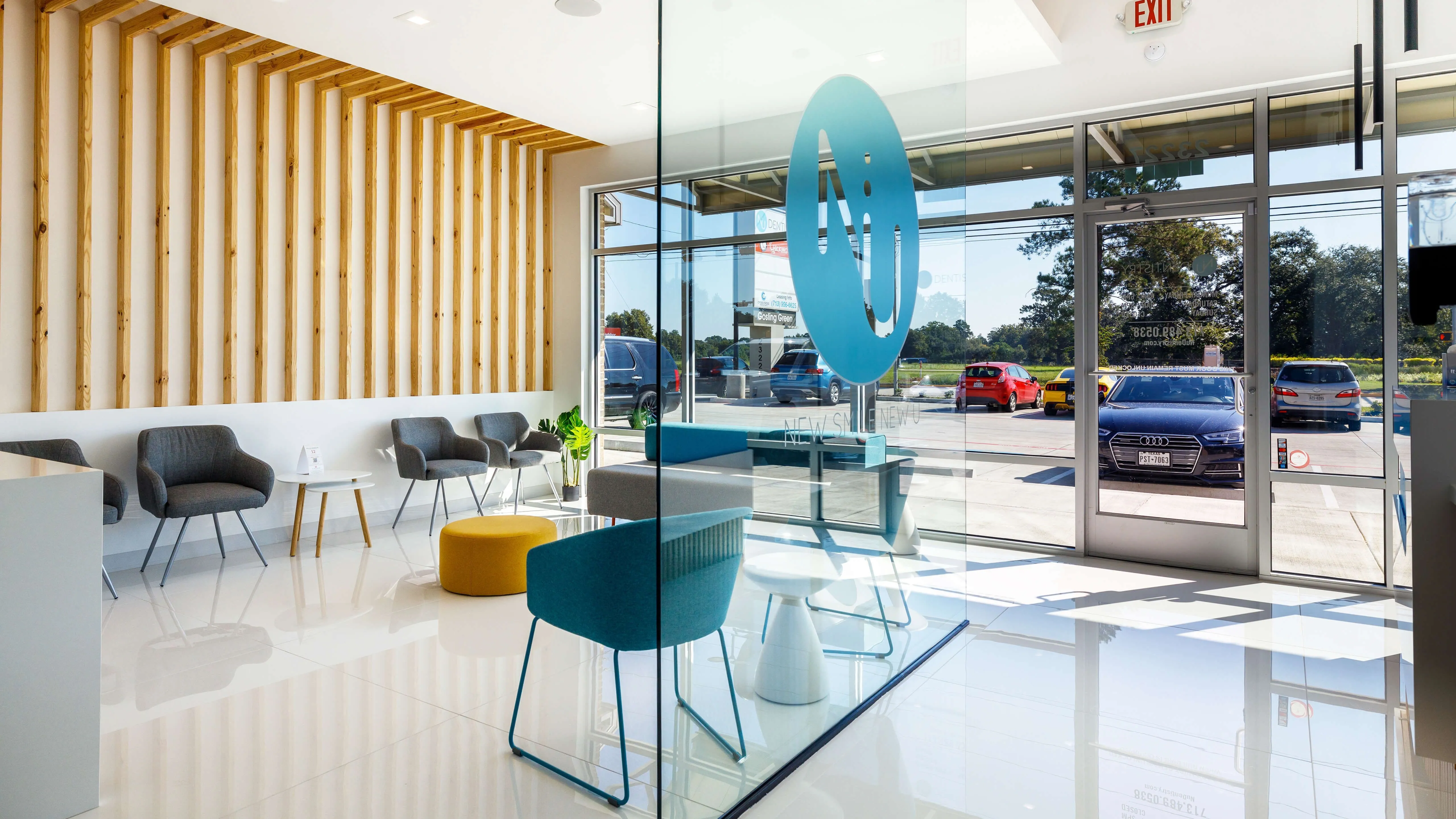
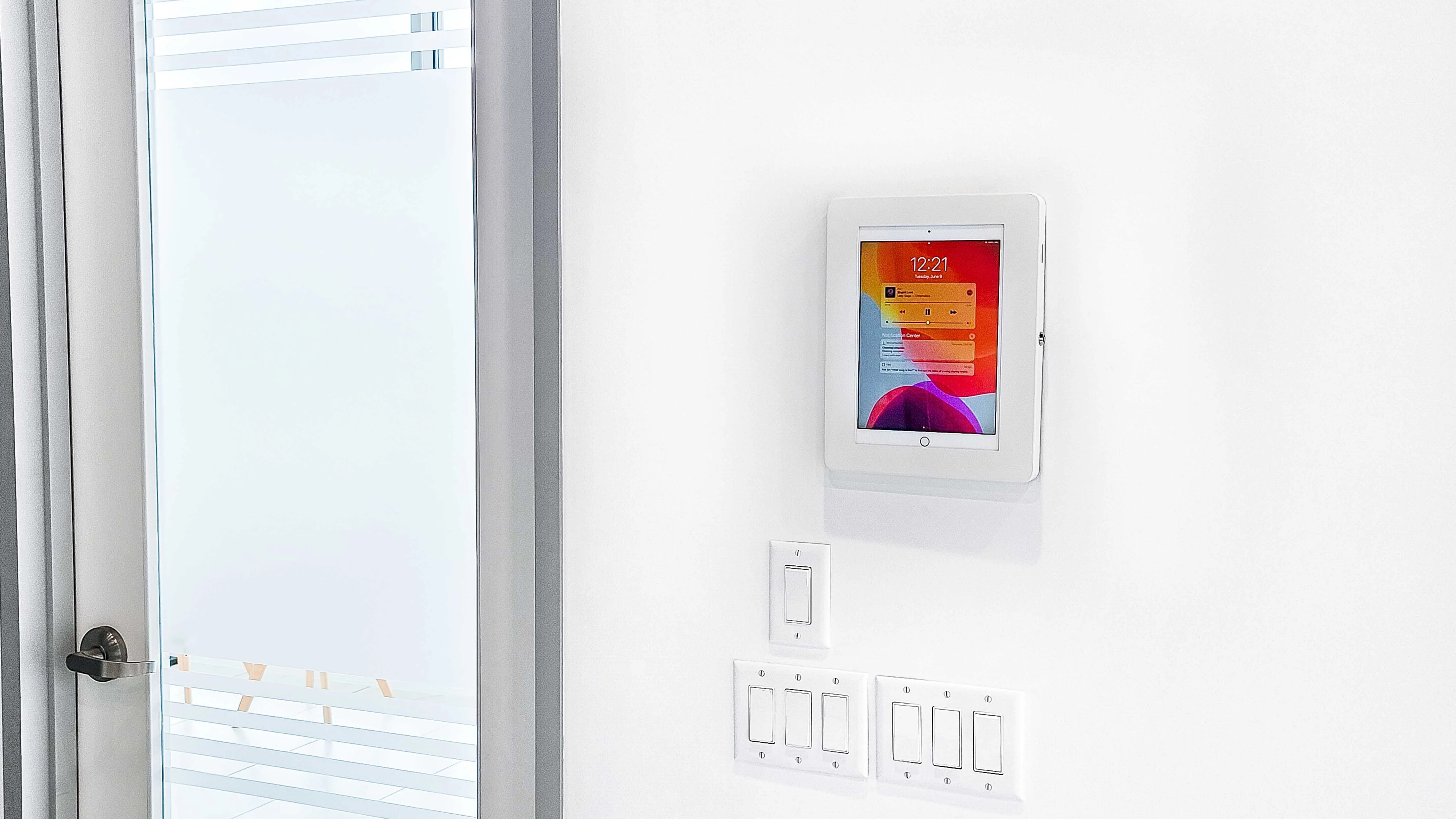
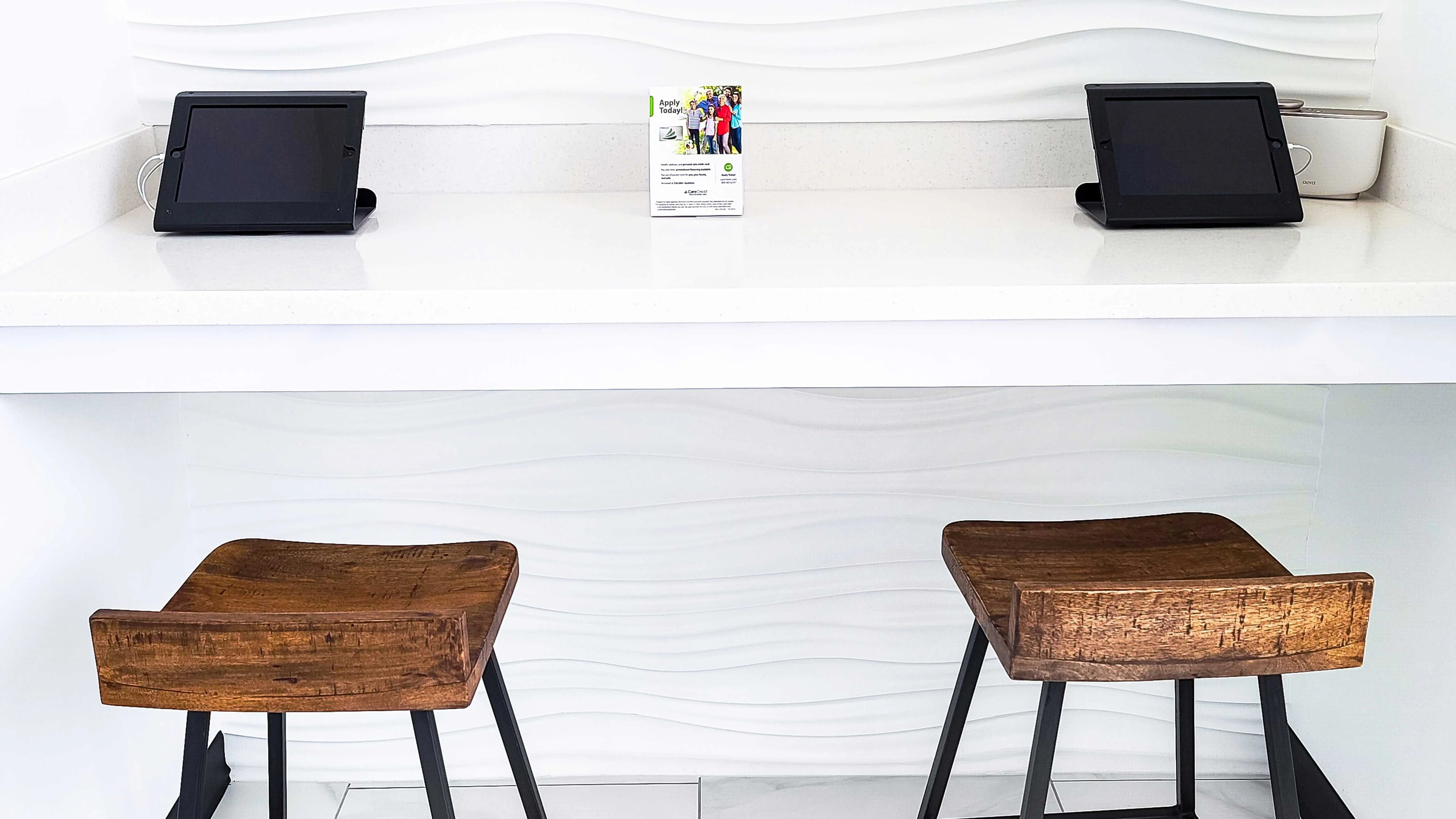
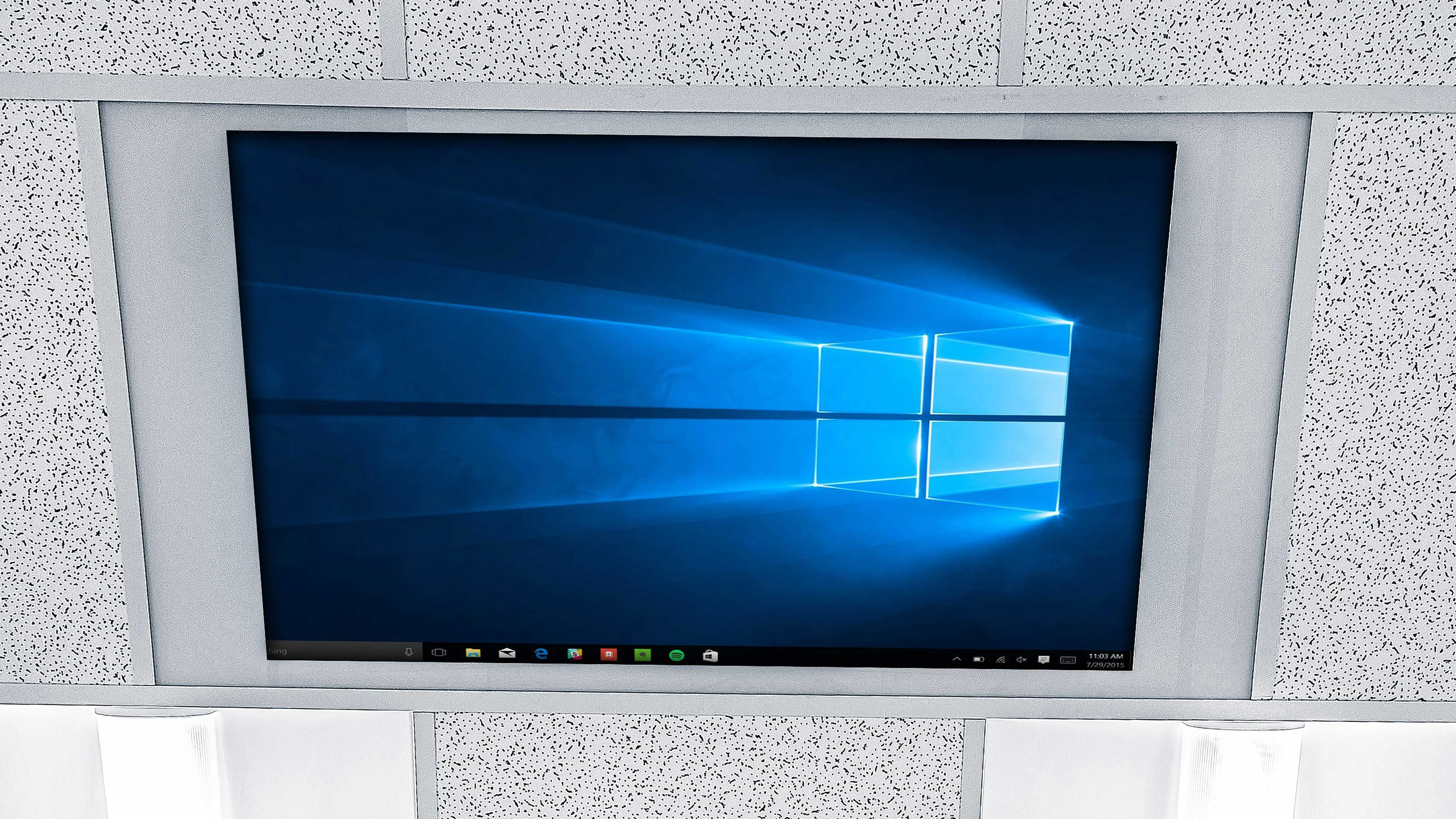
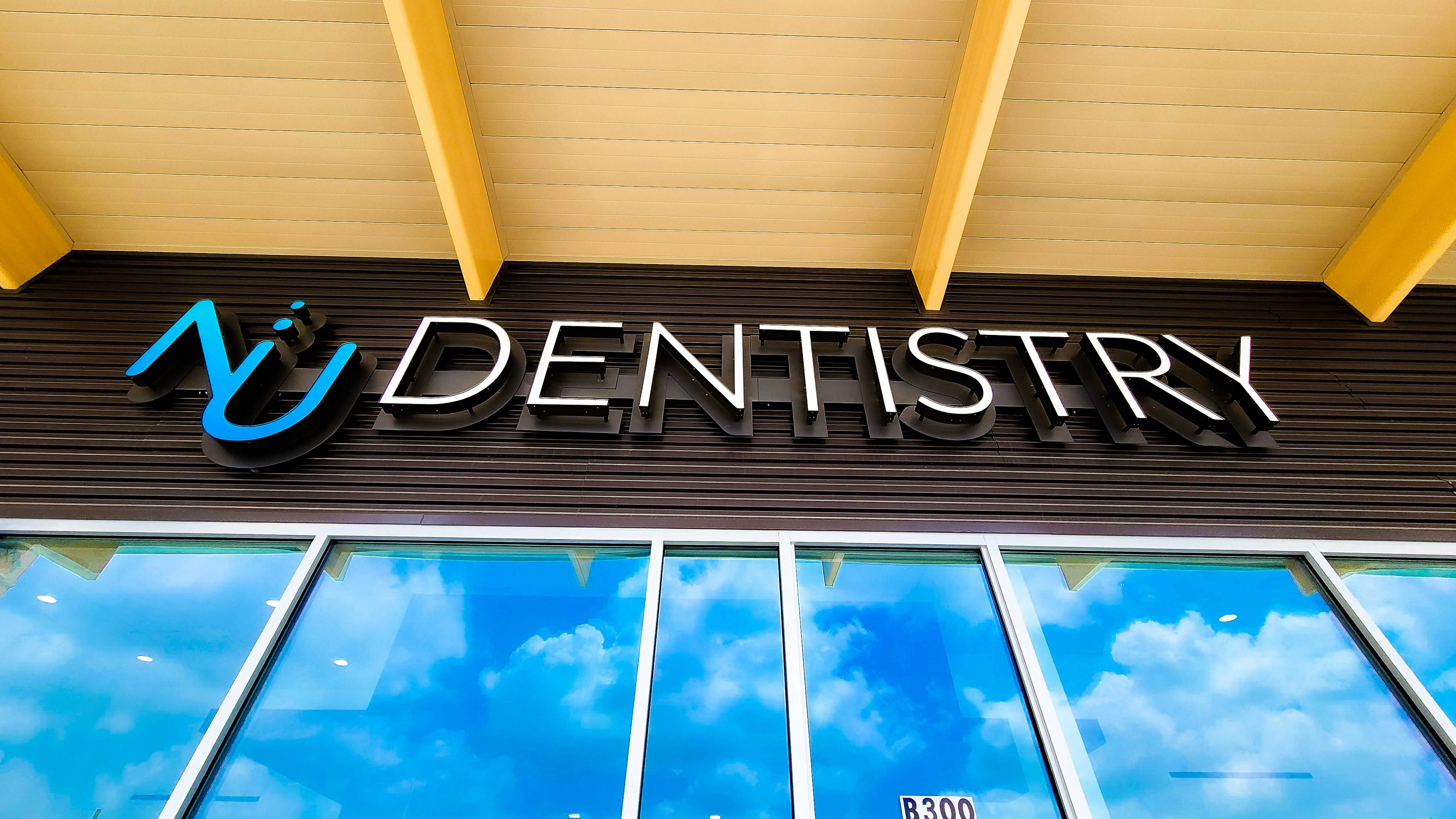
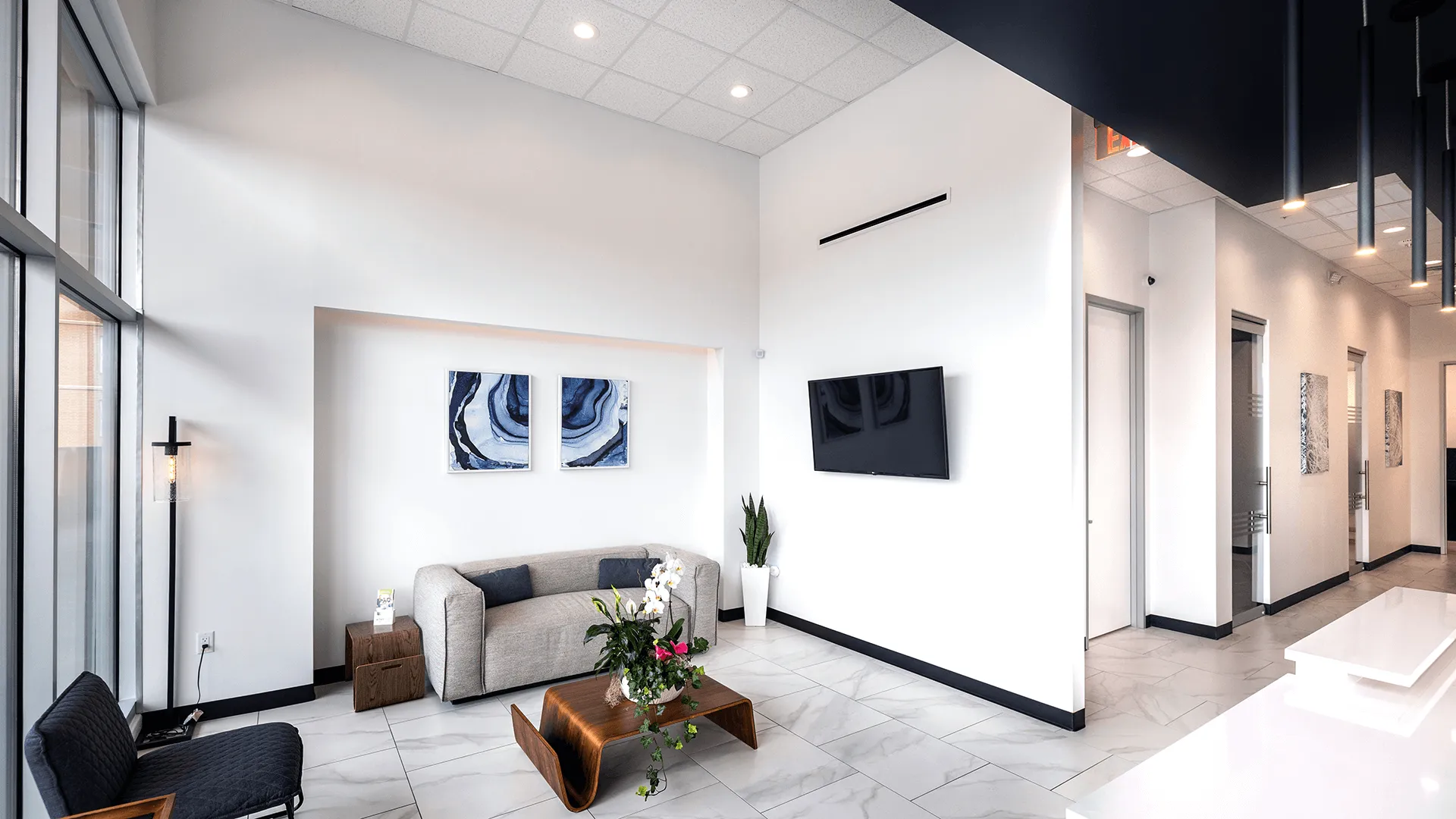
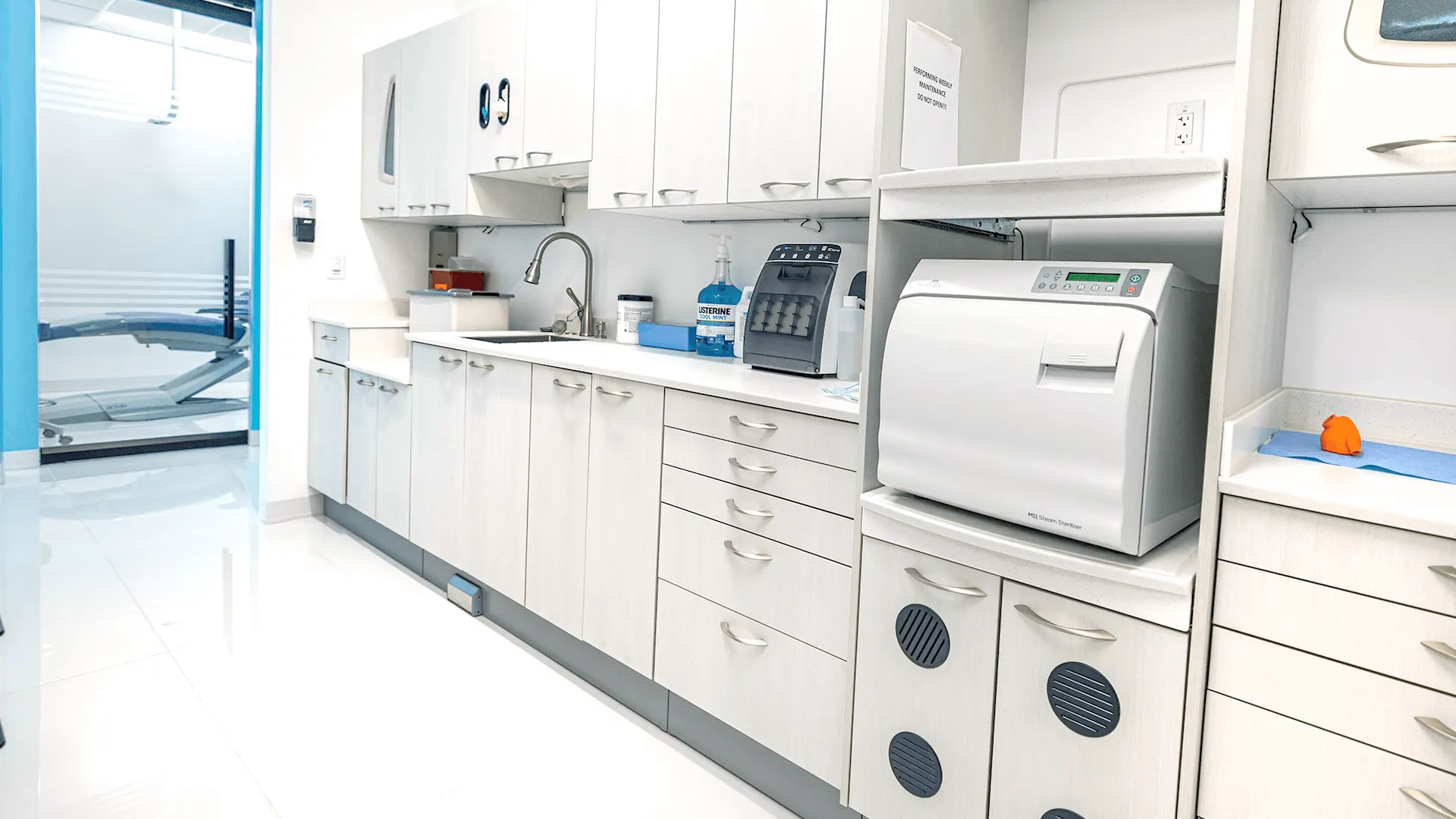
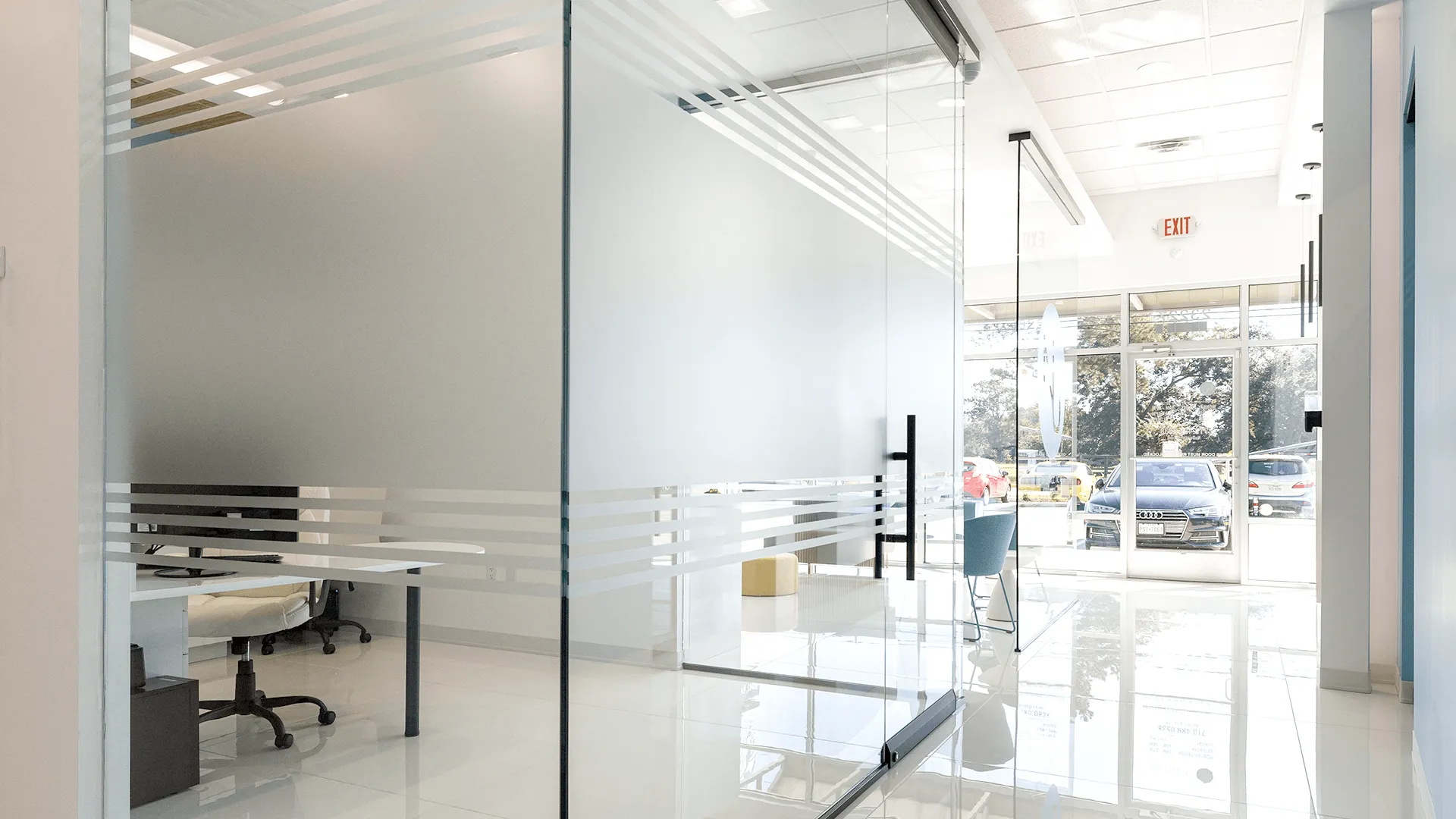
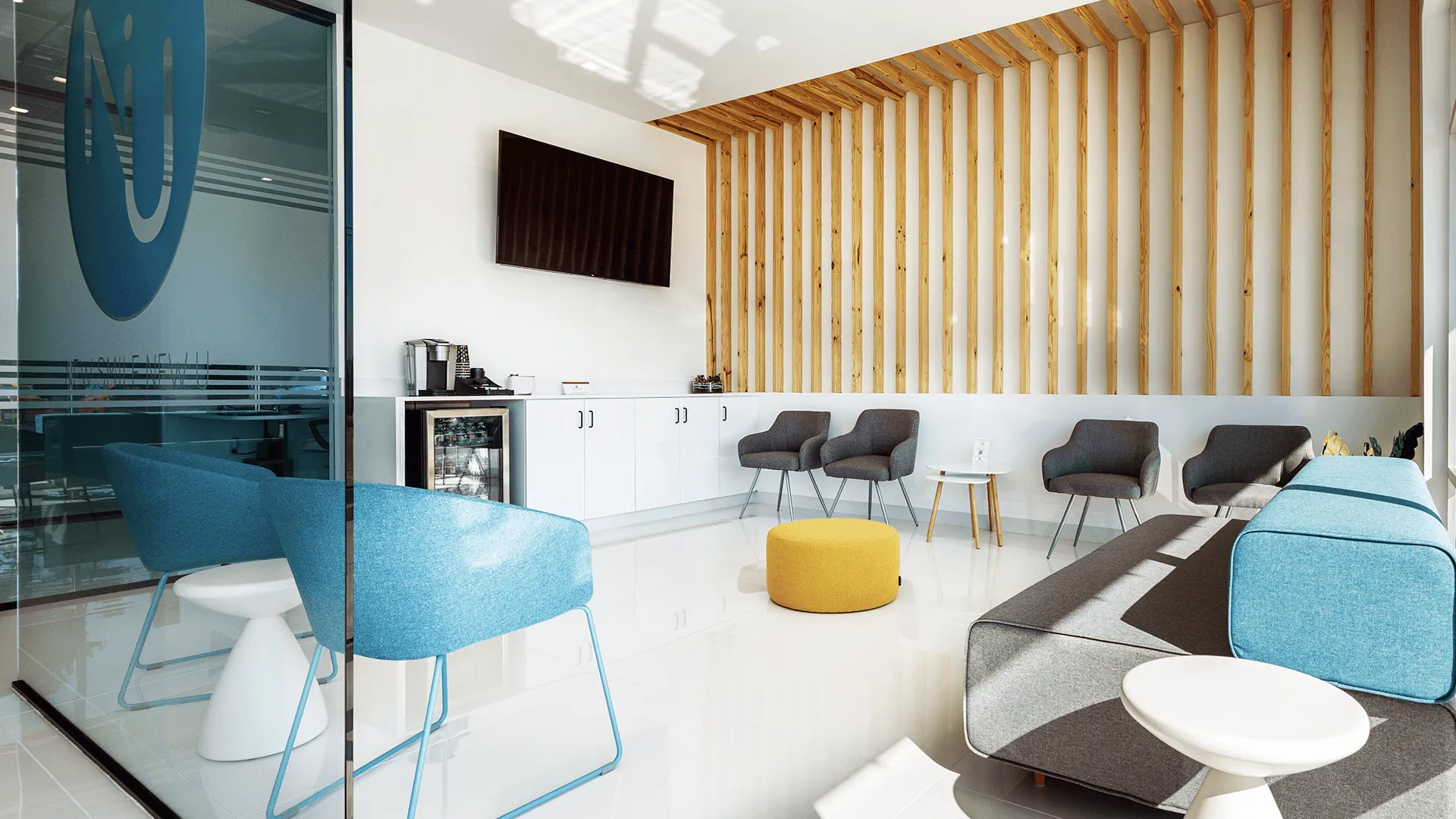
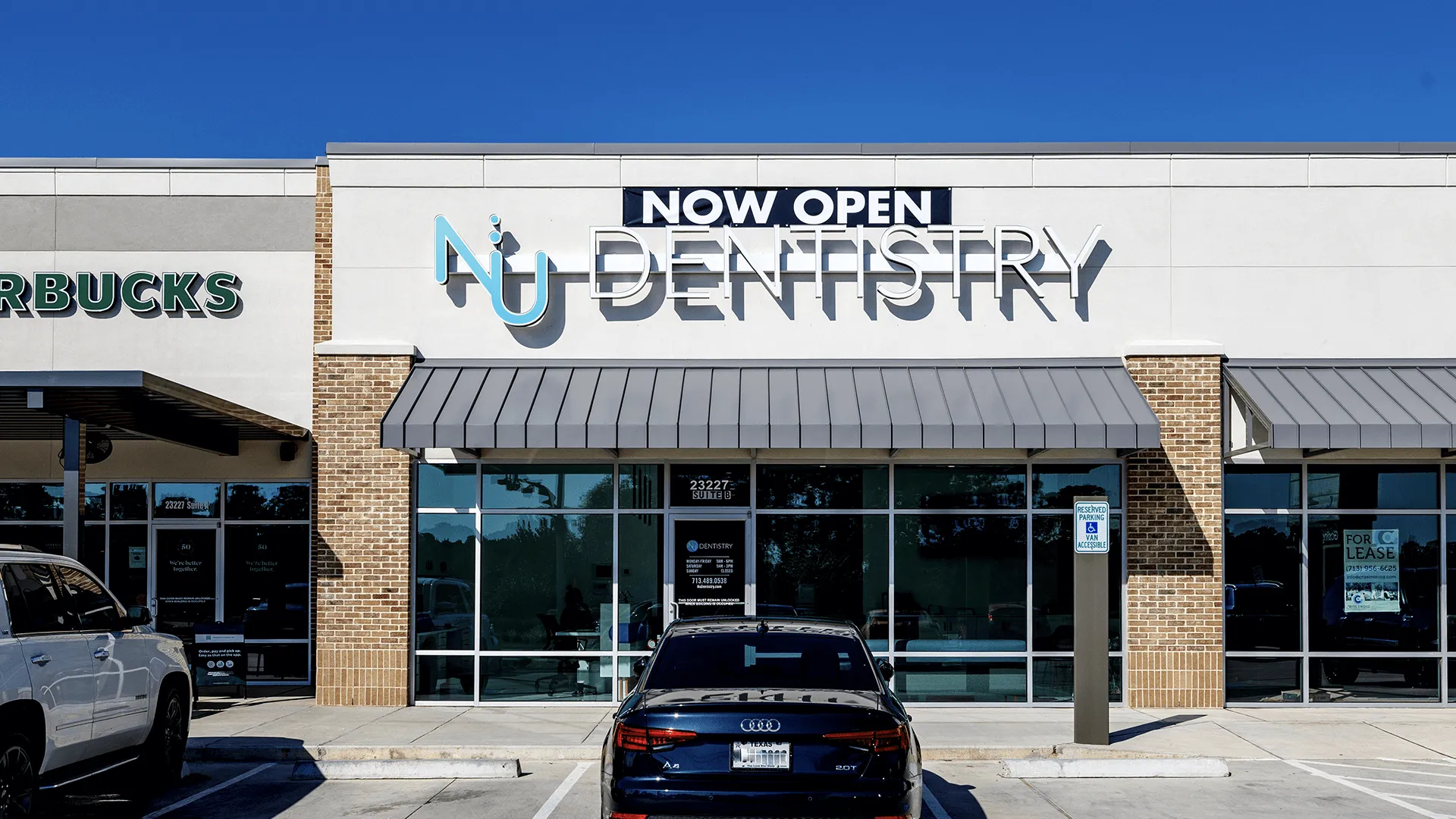
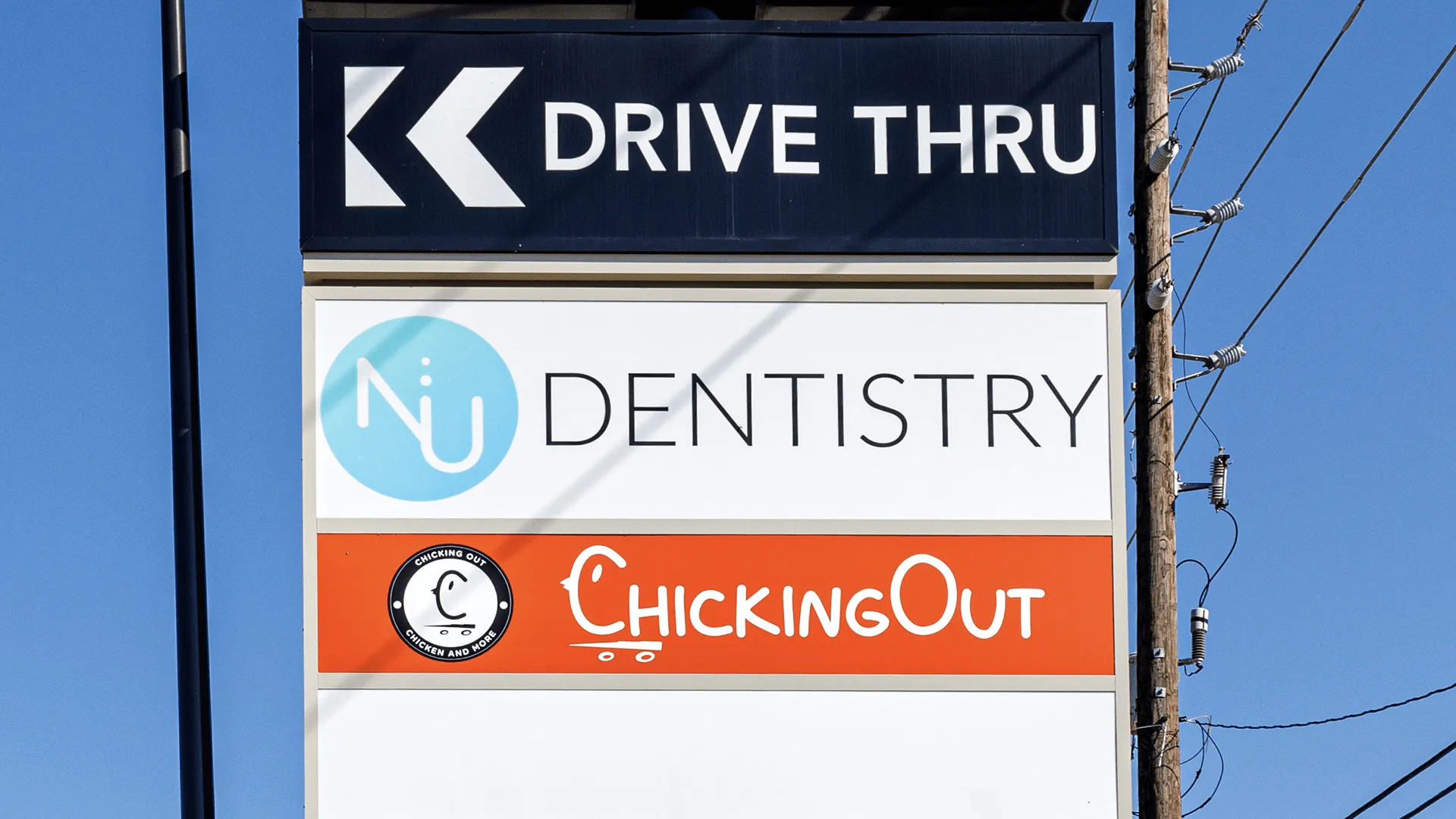
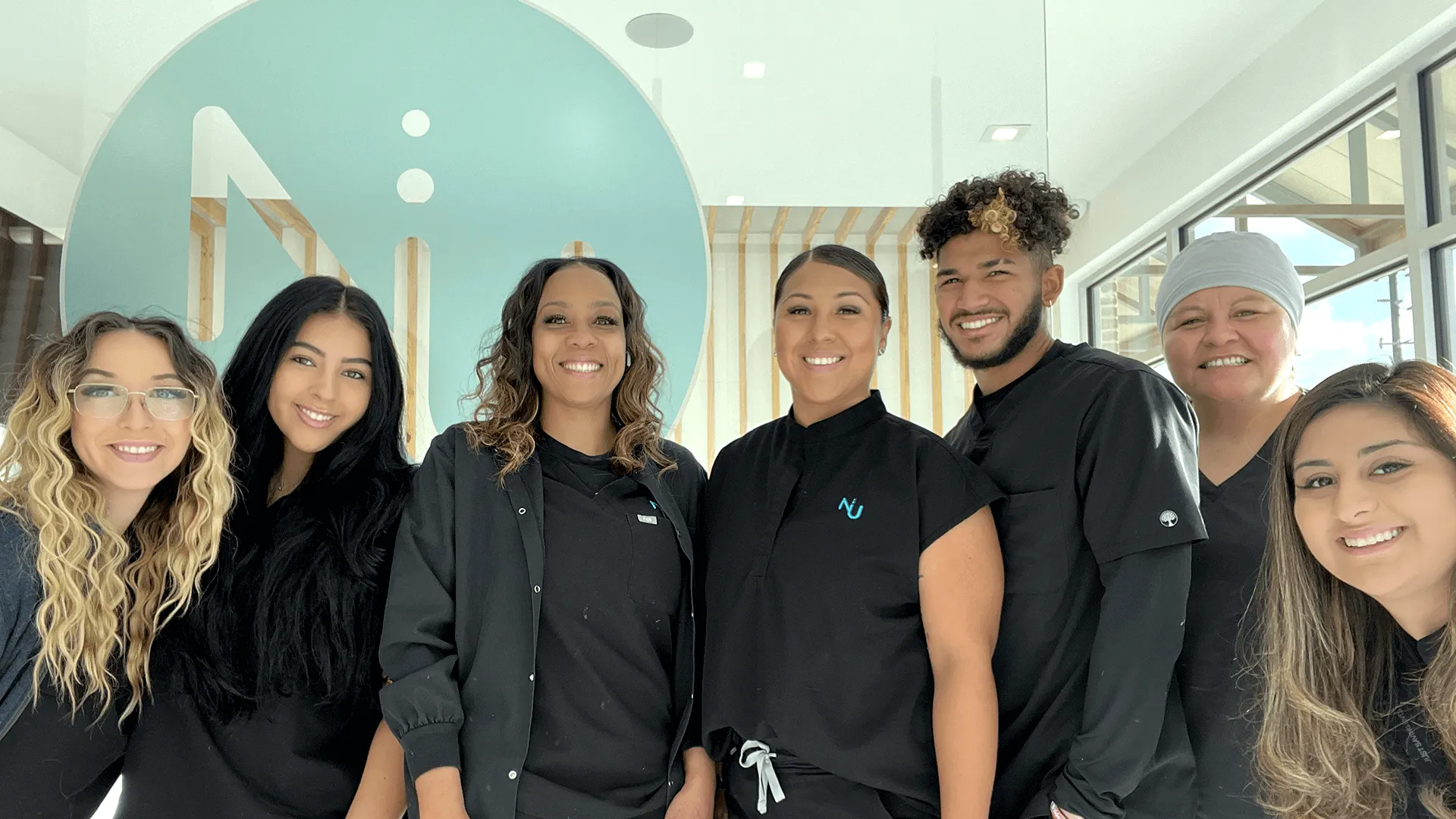

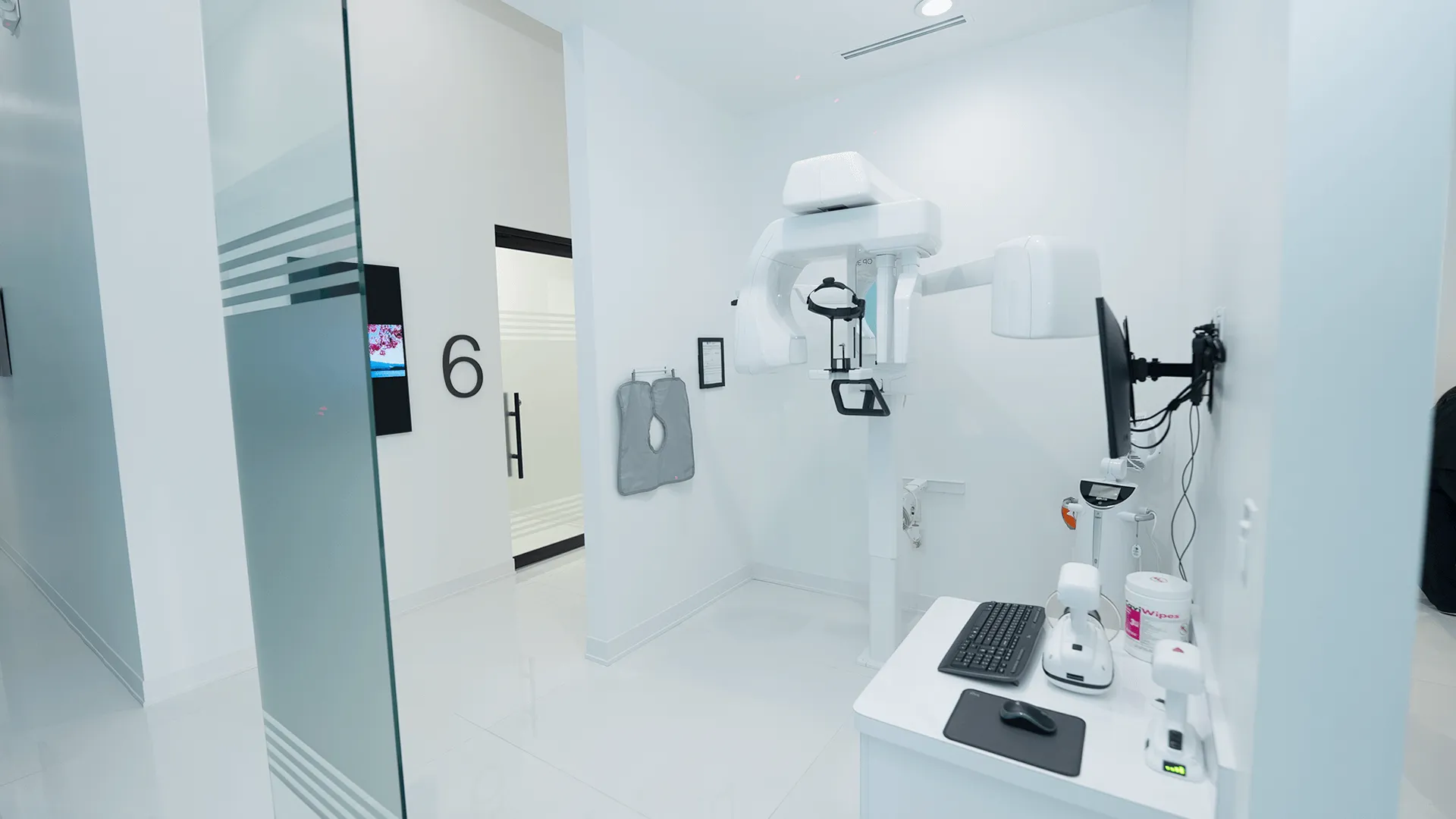
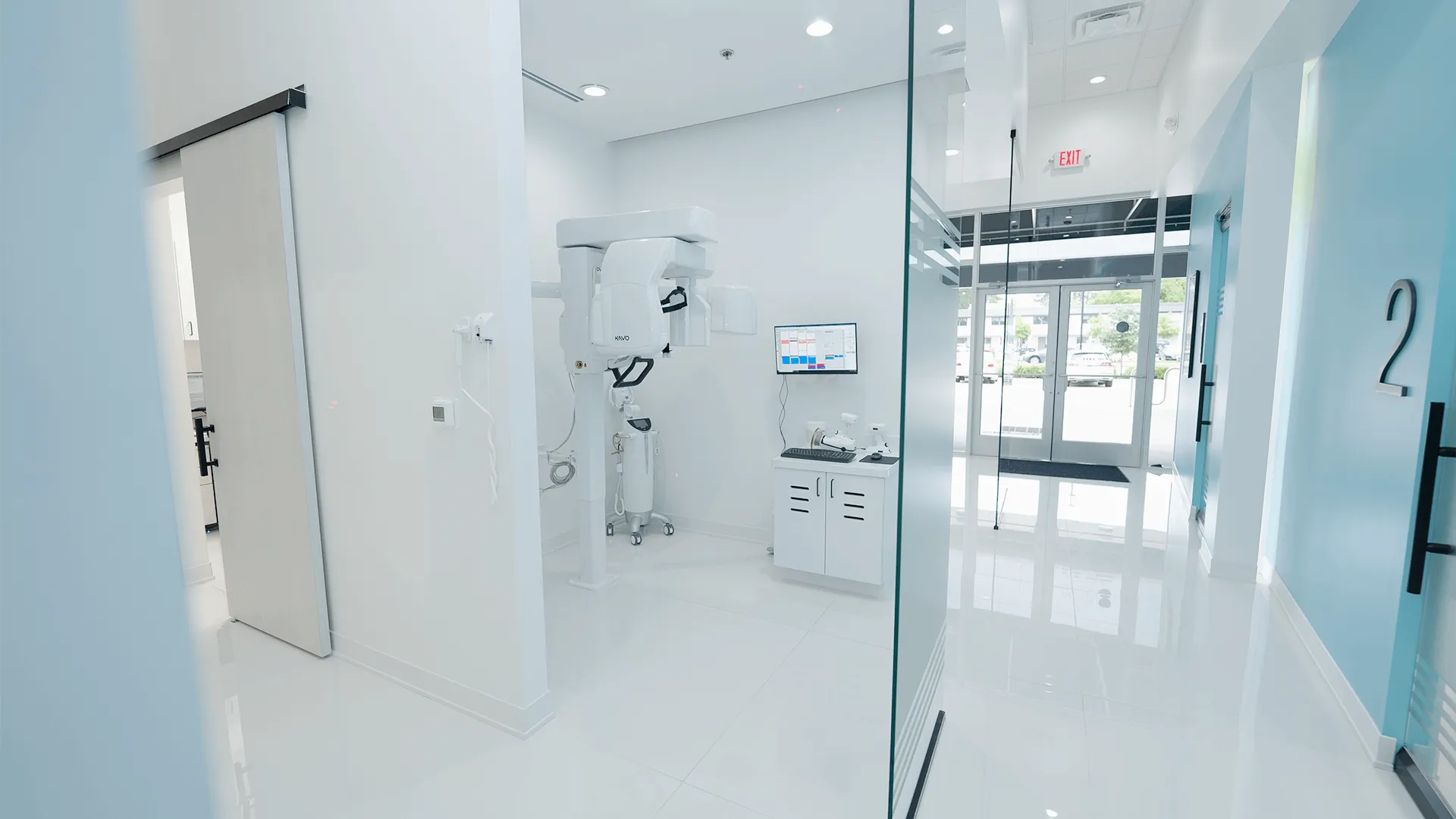

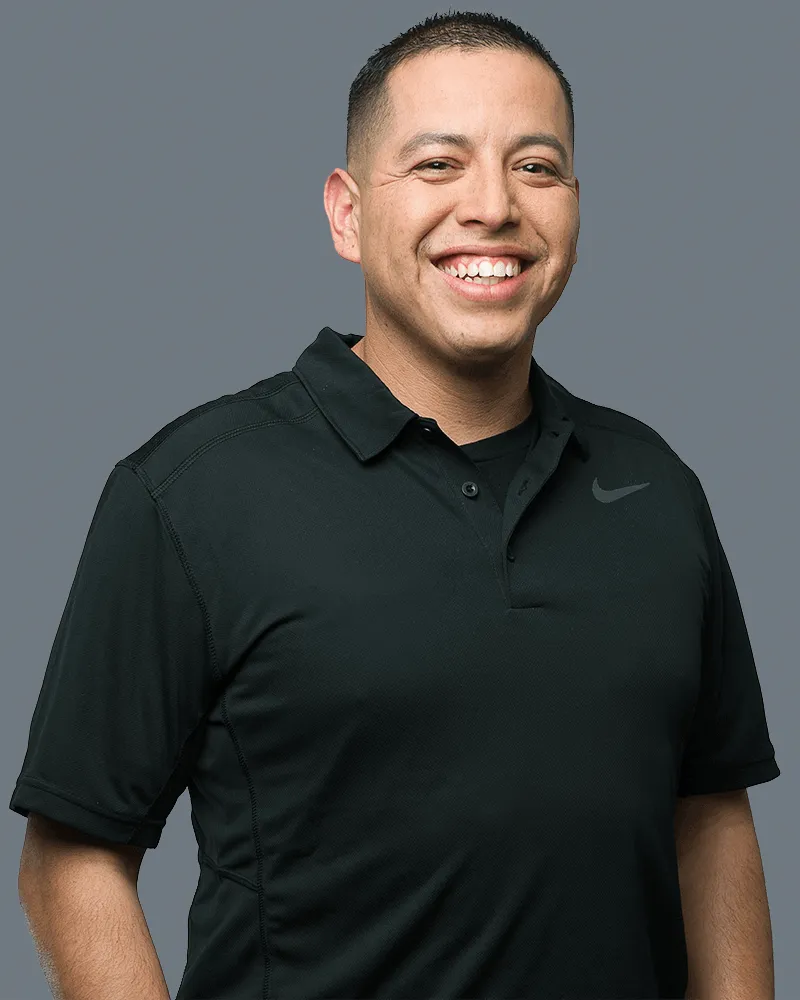
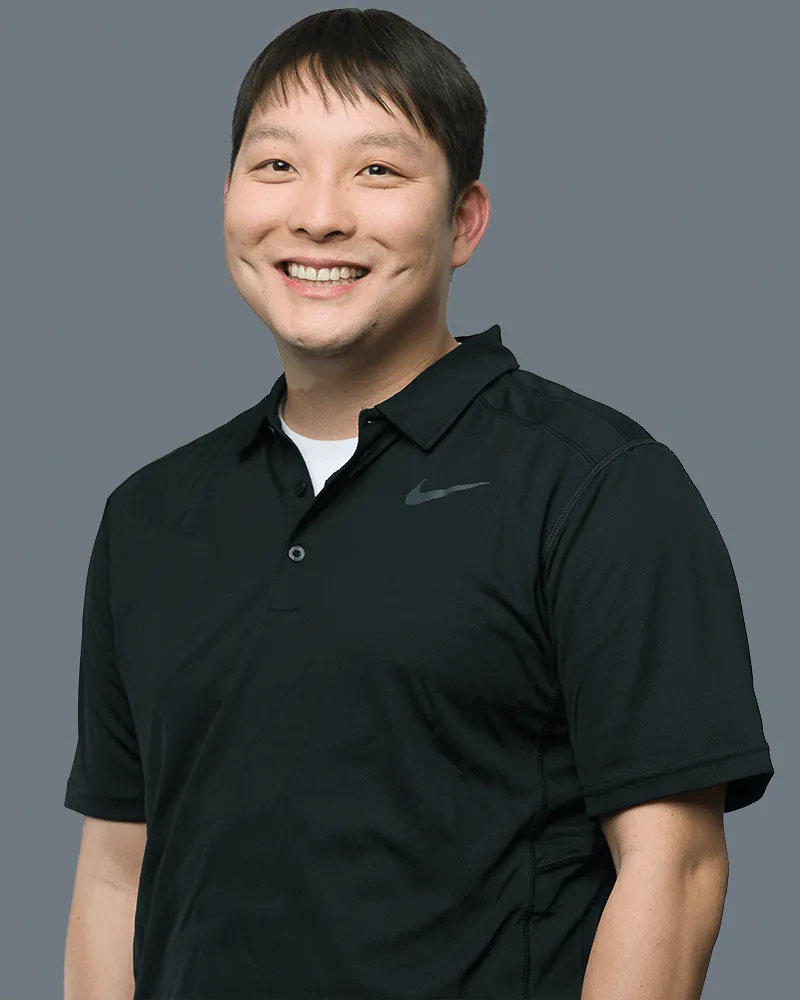
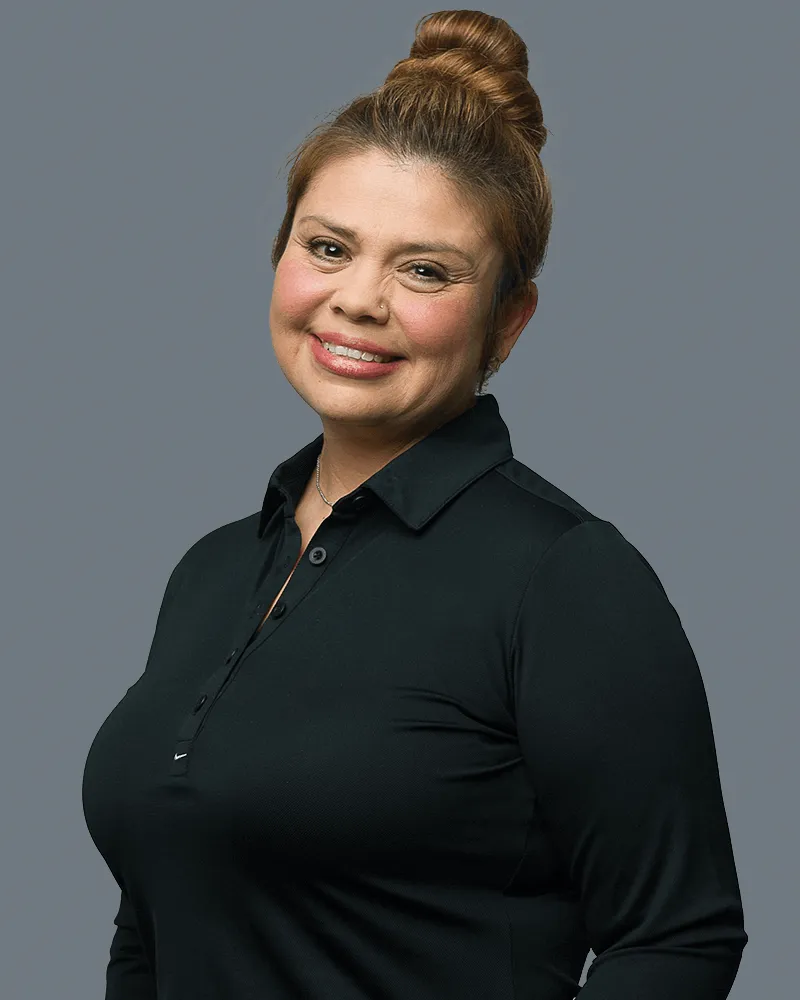
CARING DENTISTS Missouri City, TX
OUR SOCIALS
Check us out and follow our accounts on the following social media platforms....